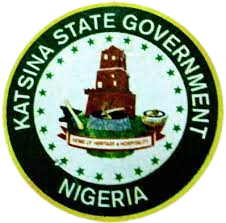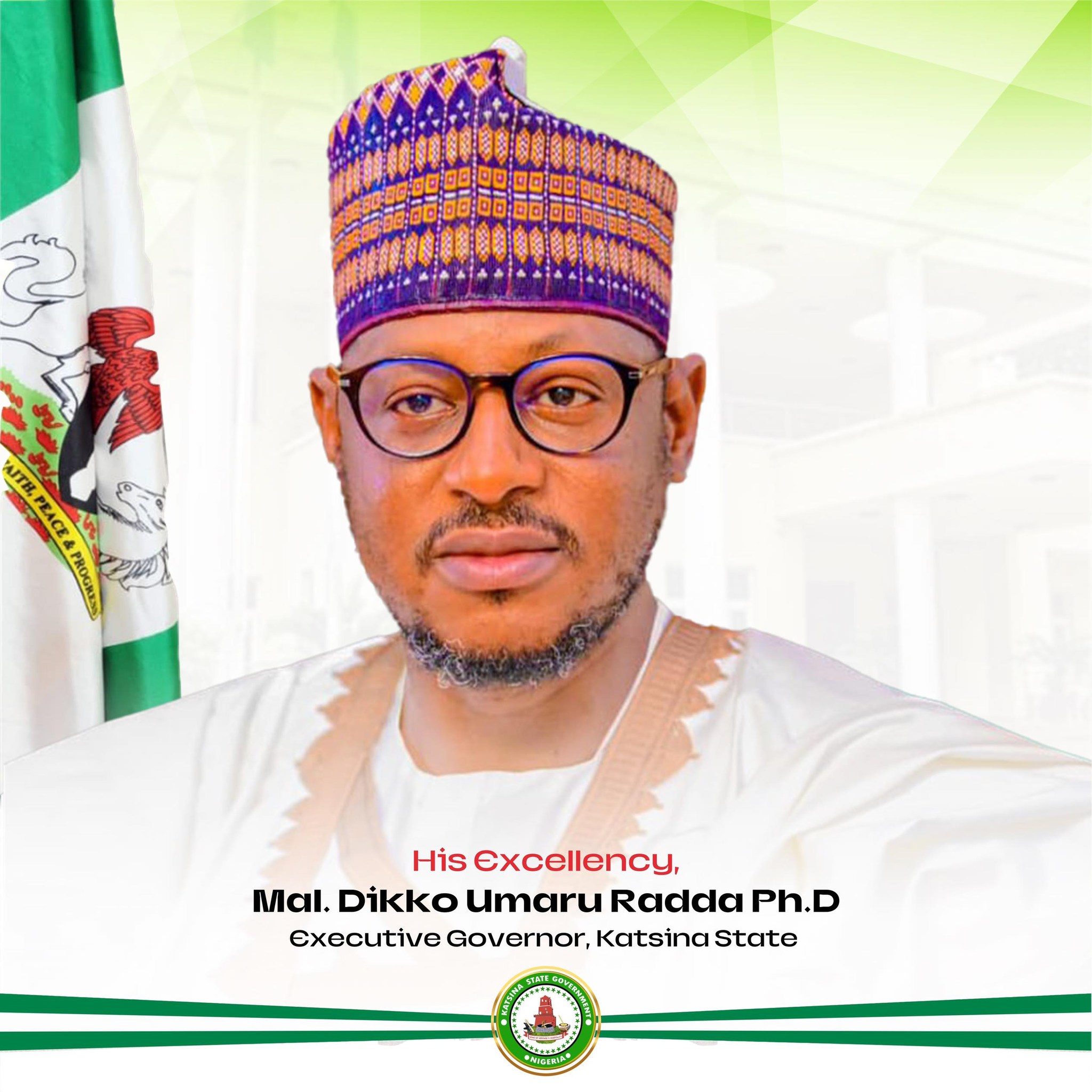

Katsina
https://katsinaacresal.org.ng/
His Excellency, Malam Dikko Umar Radda PhD
State Governor
About Katsina
Katsina State was created out of former Kaduna state on Wednesday, September 23, 1987. Katsina State is a geographical and political expression of an area that comprises of ancient kingdoms of Katsina and Daura. These kingdoms were among the oldest Hausa states, others are Gobir ,Zazzau, Rano and Biram which forms origin of Hausa land. The area is located in the Sahel savannah region of northern Nigeria between the latitudes 11007’49N – 1302257 North and longitude 6052’03E9002’40 East. It principal neighbors are Zamfara and Sokoto states to the west, Jigawa and Kano to east, Maradi and Damagaram in Niger Republic to the east and Kaduna state to the south. The state has a population of 5.79million people according to the 2006 provisional census figures. The main occupations of the people are farming, traditional handcrafts and animal husbandry. Maize, millet, guinea corn, cassava, Irish potato, yams and beans are the major food crops, while cotton, tobacco, sugarcane, soya beans and groundnuts are major cash crops. The state is also one of the major tomatoes, pepper and onion in the country. Apart from crop farming, the state is one of the major producers of livestock such as cows, camels, sheep, and goat among others. Hausa and Fulfude are the languages of the people. Traditionally the people of Katsina State have quite unique norms, values and customs inherited and passed from generation to generation. Since its creation Katsina State has witnessed changes in socio economic cultural and political spheres.
Environmental Challenges in Katsina State
Erosion, desertification, drought and flooding are Katsina State’s major environmental challenges. They post great risk to basic infrastructure like roads, houses, farmlands among others. The state being one of the Frontline states neighboring Niger Republic has its own interwoven and mainly caused by action and in actions of inhabitants in areas. Most of these are to do with building on waterways unnecessary tree felling as well as digging up land. Several homes, towns, cemetery and schools are under threat of the fast widening gully in the town. Agricultural farmlands are not safe from the threat.
